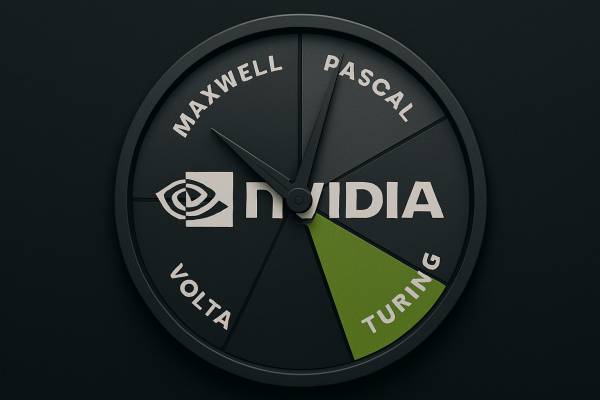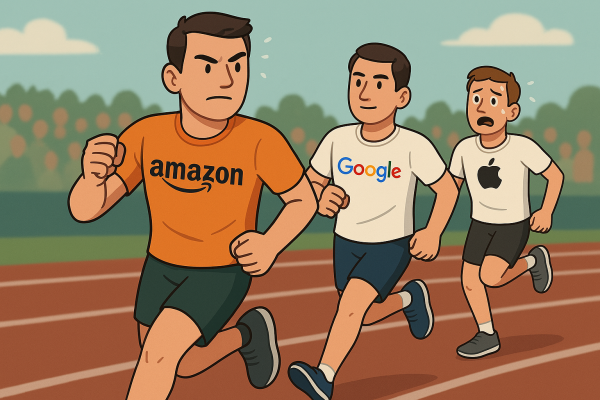Black-and-white displays have long defined the e-reading experience, but Amazon's new color models open up new possibilities—especially for younger readers. Still, is a color display truly necessary in an e-reader? And is the new technology worth the price?
Amazon has introduced two new devices in its Colorsoft lineup: a lower-priced 16GB version and the Kindle Colorsoft Kids, designed specifically for children. The standard version is priced at €259.99, while the Kids model costs €279.99 and includes a colorful protective case and a one-year subscription to Amazon Kids Plus.
Both devices use the same color E-Ink display that debuted last year on the Signature Edition. This screen can display color content, but not without trade-offs: in color mode, the resolution drops to just 150 ppi, resulting in noticeably lower image sharpness compared to traditional black-and-white Kindle displays. The higher-end Signature Edition is still available, offering additional features such as more storage, automatic brightness adjustment, and wireless charging.
Who is a color display for?
The color E-Ink display brings comics, graphic novels, and educational materials to life in a way monochrome screens cannot. According to Amazon, children who read such content on Kindle devices spend, on average, 50% more time reading. This alone may justify trying out a color screen, especially for younger readers.
That said, the display technology is still not flawless. After the Signature Edition launched last year, several users reported issues such as yellowish screen bands and inconsistent colors. These concerns led Amazon to temporarily pause shipments and commit to software updates. While the hardware of the new models remains largely unchanged, Amazon claims to have made some improvements in screen handling.
Still, not every child is interested in comics or other media that would justify the added cost of a color display. It's worth clarifying this beforehand. For example, my daughter also owns an e-reader with a color screen—though not a Kindle—and based on her feedback, she finds the feature unnecessary. What she values most is access to the library lending service available in Germany through the Onleihe platform, which Kindle devices do not support. That’s why it's important to carefully consider which features are actually useful—something that clearly depends on the child.

Value for money and alternatives
The new 16GB Colorsoft model is €30 cheaper than the Signature Edition, but otherwise offers the same screen and core features. Differences appear in storage capacity, lighting options, and wireless charging—but for many users, especially those focused on text-based reading, these may not justify the higher price.
The Kids version comes as a well-rounded package—complete with subscription, protective case, and parental controls—but at €279.99, it’s still a significant investment. By comparison, the Paperwhite Kids (with a monochrome screen) is around €100 cheaper and still provides an excellent reading experience.
However, if a color screen is important and the Paperwhite is your budget’s upper limit, it may be worth considering the PocketBook Verse Pro Color. Currently priced at around €150, it offers the same 16GB of storage and the same 150 ppi resolution for color content.
What should you consider before buying?
Colorsoft models are most beneficial for readers who engage with visually rich content or for parents hoping to spark their child’s interest in reading through more colorful and engaging books. However, given the limitations of current color E-Ink technology—such as lower resolution and occasional display issues—these devices are not ideal for everyone.
Those who primarily read text-based books may still be better off with traditional Kindle or Paperwhite models. These offer more mature technology, longer battery life, and better value overall. For now, color e-readers remain a niche product, and it’s worth considering whether you'll truly take advantage of their extra features before making the investment.




























